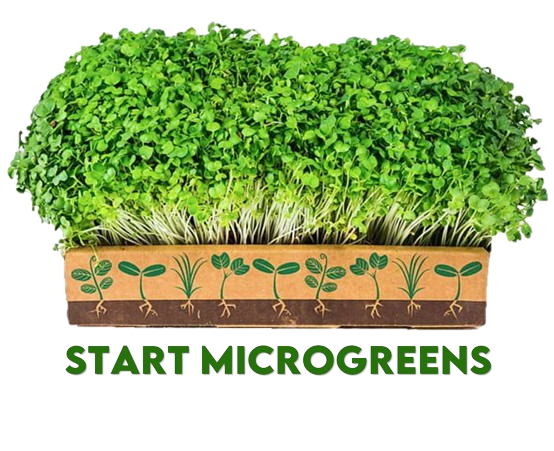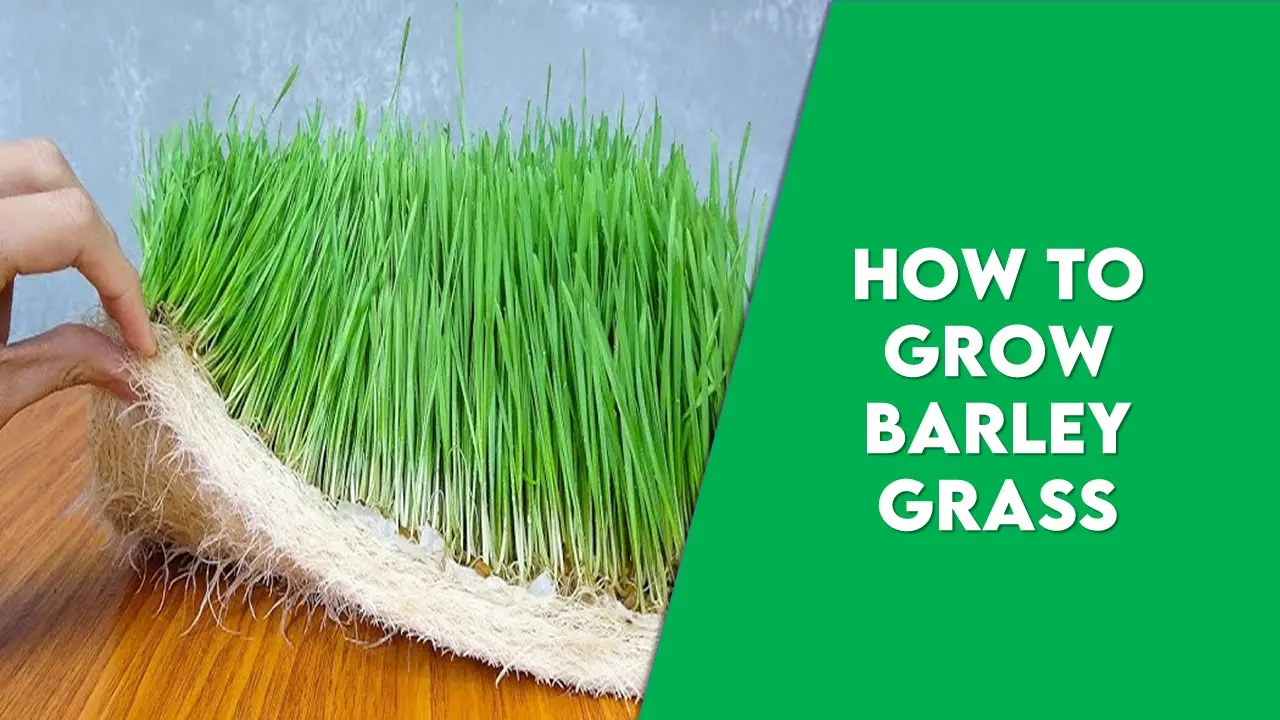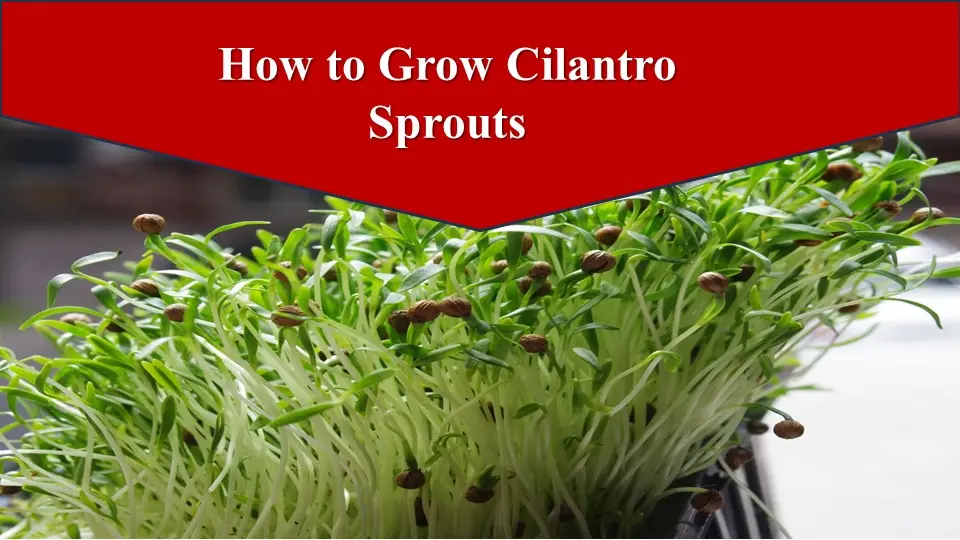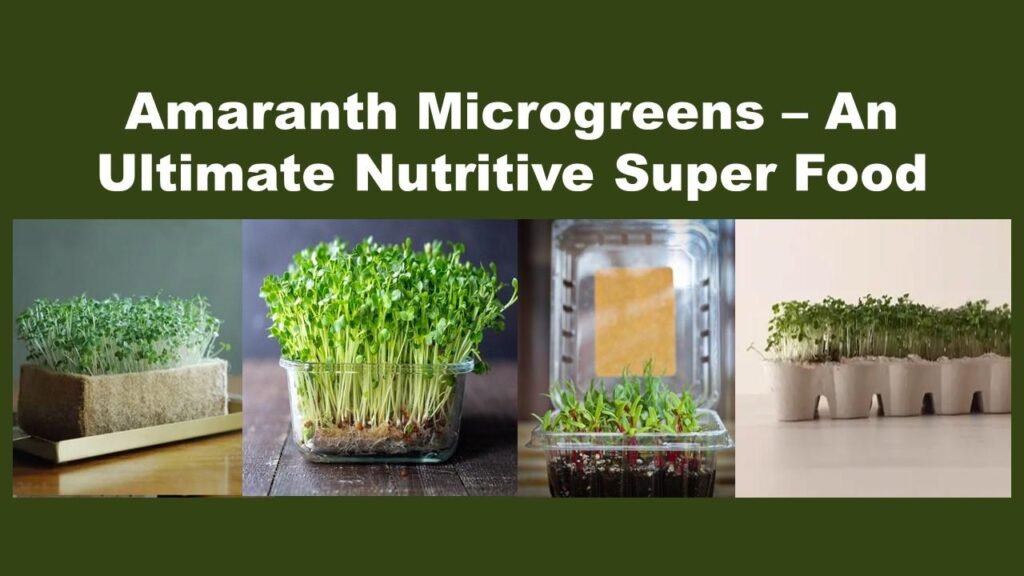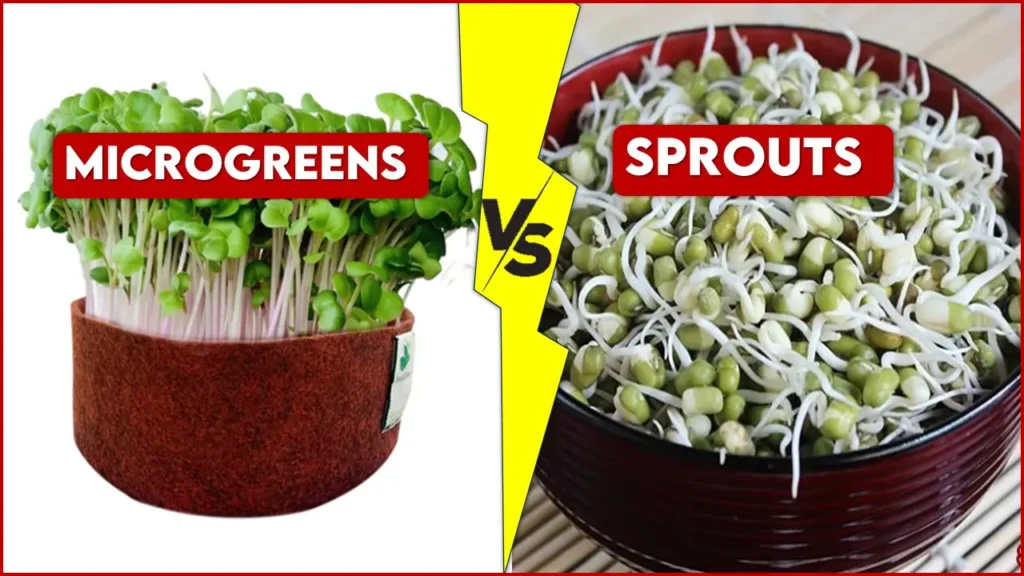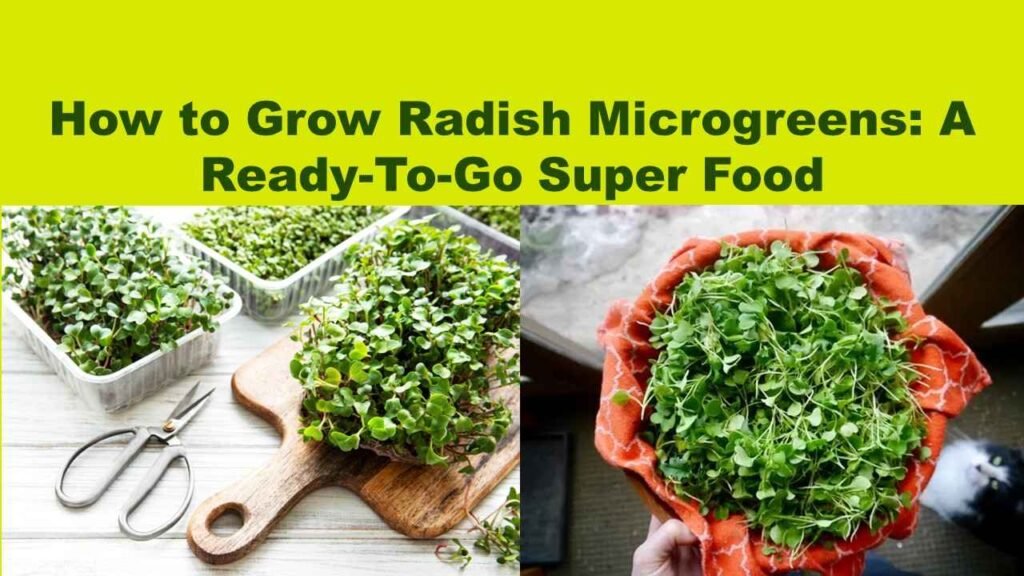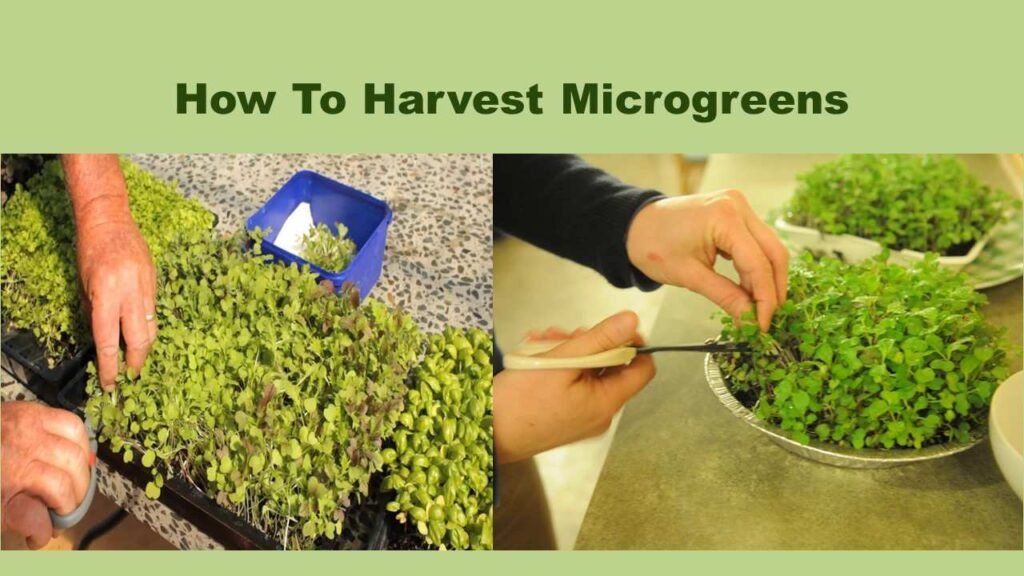How To Grow Barley Grass – A Seedling To Amazing Superfood
Barley grass is the leaves of an early or young barley plant, with Hordeum vulgare being one of its many incense. Did you ever think about how to grow barley grass? Although it has already shown many health benefits and is a good source of nutrition, barley grass has mostly attained popularity as a product that can both be made in powdered form and as a fresh drink because of the diversity of nutrients it contains, such as vitamins, minerals, enzymes, and antioxidants.
Tracked down from ancient medicinal practices that traditionally relied on various uses of this exceptional food and often applied for many years, barley grass is now a revered superfood that largely explores its new and old potential in the area of wellness and longevity. Through this piece, we are going to trace back the barley grass history, we will see its nutritional worth, discover its health benefits, and, eventually, make a note of the most proper way of introducing this product into a balanced diet.
Consequently, we invite you to cross the field of barley grass with us and witness how this nice plant with roots that grow easily is the one that you have met before, which can be evidence that your health and vitality will always be your trustful companion. In this article, let us know about how to grow barley grass
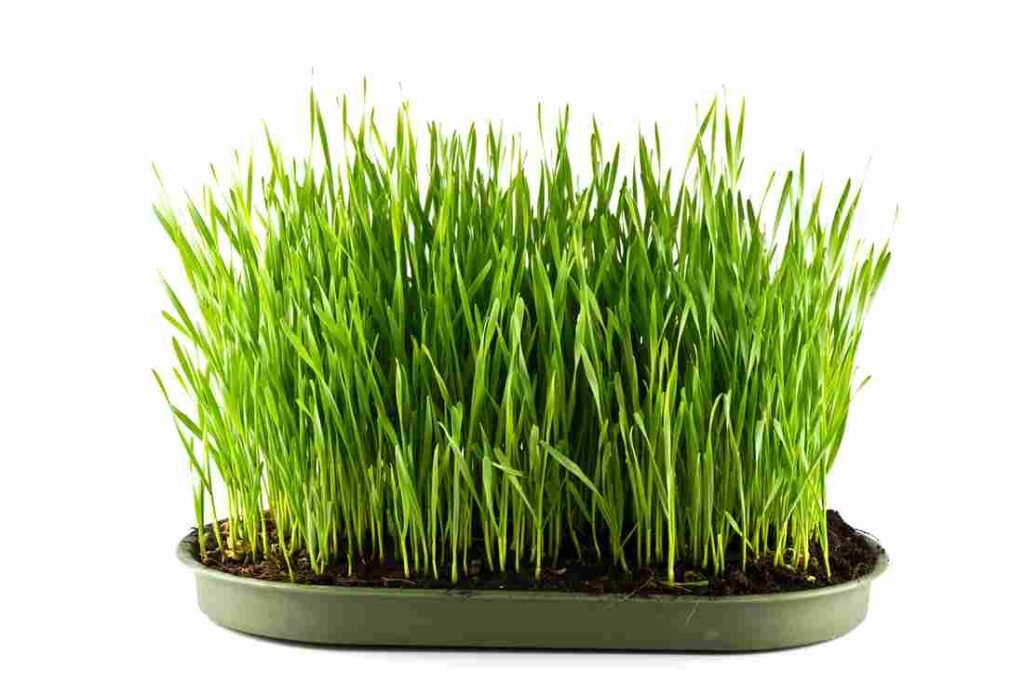
How To Grow Barley Grass
Barley grass, with its rich nutritional profile, can be easily grown indoors and harvested for its fresh leaves. Here’s a simple guide on how to grow barley grass:
Materials Needed
- Barley seeds (preferably organic)
- Tray or shallow container
- Potting soil or organic compost
- Watering can or spray bottle
- Sunny windowsill or grow light
Procedure
Prepare the Tray
Fill the tray or shallow container with potting soil or organic compost. Ensure that the soil is evenly spread and leveled across the surface of the tray.
Sow Barley Seeds
Scatter a dense layer of barley seeds evenly over the soil surface. Gently press the seeds into the soil to ensure good seed-to-soil contact.
Water the Seeds
Use a watering can or spray bottle to moisten the soil thoroughly. Ensure that the soil is evenly moist but not waterlogged.
Provide Light
Place the tray in a location with indirect sunlight or under a grow light. Barley grass requires about 4-6 hours of light per day to grow well.
Maintain Moisture
Check the soil moisture daily and water as needed to keep it from drying out. Avoid overwatering, as this can lead to mold or root rot.
Monitor Growth
Within a few days, you should start to see the barley seeds germinating and tiny shoots emerging from the soil. Continue to water regularly and provide adequate light as the barley grass grows.
Harvesting
Barley grass can be harvested when it reaches a height of 6-8 inches, usually within 7-10 days after sowing. Use scissors to cut the grass just above the soil level.
Repeat or Dispose
After harvesting, you can choose to replant new seeds for another batch of barley grass or dispose of the used soil and start fresh.
What To Do With Barley Grass
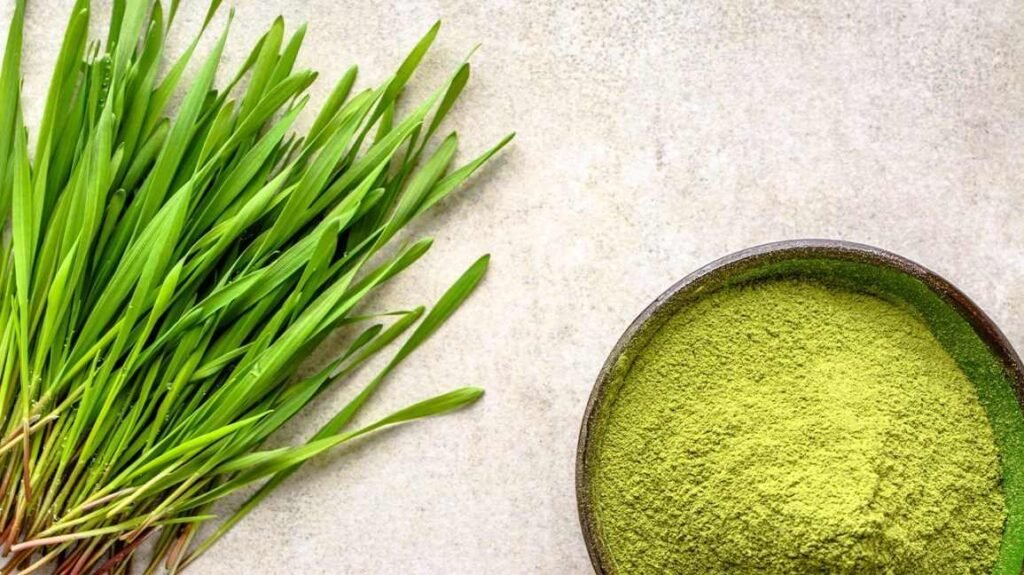
Juicing
After getting perfect with how to grow barley grass, the next step you gonna do is extracting juice from it. Pressing the barley grass juice out is one of the recommended methods to take it in by most people. Take the barley grass and cut it in half sizes. Juice them in a juicer to get the fresh green juice. You can ingest the juice the way it is or you can put it together with other fruits and vegetables producing a superb beverage that is the same time nutritional and healthy.
Smoothies
Barleygrass has many health benefits. So blend fresh or powdered one in your favorite smoothie for a nutritious drink. Combine it using fruits such as bananas, berries, or mangos with leafy green alongside your choice of liquid such as water, juice, or plant milk for a sweet and nutritious smoothie.
Salads
Integrate barley grass into salads, by using the chopped form, which will withhold the color, add flavor, and retrench nutrition. Blend it with the other ones like leafy veggies, vegetables, nuts, seeds, and the dressing of your choice for a nutrient-stuffed and attractive salad.
Sprinkling
Choose to sprinkle powdered barley grass onto soups, stews, stir-fries, or rice, or any other cooked grain dishes for a nutritional enrichment of your meals. You can use it to garnish slices of tomatoes that are layered over avocado toast, scrambled eggs, and baked potatoes for extra flavor.
Tea
Come up with a barley grass tea by soaking the powder of dried barley grass or by soaking the fresh barley grass in hot water. Leave it so it can steer for a few minutes, strain, and take the benefit of the drink which is refreshing and full of nutrients.
Supplements
Barleygrass is available as a powder that you can have in your diet. Use water or any kind of beverage as a carrier, while juice or smoothies are perfect to enhance flavor, making a quick and convenient way to the barley grass in your diet.
Beauty Masks
Combine powdered barley grass with water, honey, or yogurt for skin skin-nurturing mask. This has been applied to your skin and left it on for 10 to 16 minutes to feel the skin lifting and tightening effects. Finally, rinse it off for a refreshing and rejuvenating skincare.
Problems Faced During Cultivation Of Barley Grass
Poor Germination
If the barley seeds do not have good germination, they may have such factors as the seed old or of low quality, soaking conditions, or moisture level are not correct. Fat that you utilize fresh, premium seeds and establish perfect circumstances for germination has a chance to improve seedling preparation.
Leggy Growth
However, if barley grass does not receive or does not have enough light, it may tend to grow lanky or elongated. Lack of sufficient sunlight as well as appropriate distances between the plants and the light source can provoke the stretching as they search for light. Maintaining sufficient light intensities as more than optimal along with the duration can stop leggy growth.
Yellowing Leaves
The presence of yellow delicate leaves may be attributed to some causes, including the insufficient dose of nutrients like nitrogen or iron, excessive watering, bad drainage, and the wrong pH of the soil. Testing soil and applying the required fertilizer or preventing the pH from getting lower or higher if needed, along with the proper watering technique can also make amends for yellowing.
Mold or Fungal Growth
Prolonged time of moisture or improper condition of air of the atmosphere may motivate mold or fungus growth on barley grasses. It may cause seedlings to be dampened off, sometimes developing fungi that can result in seedling’s death or stunted growth. Reduction of humidity by installing ventilation, minimizing the level of water vapor most evident, and mold prevention.
Health Benefits Of Barley Grass
Nutrient Density
Rich in essential vitamins, minerals, and antioxidants like vitamin C, vitamin E, vitamin K, iron, calcium, magnesium, and potassium, barley grass is a veritable treasure trove for the human body. To use barley grass leaf as your daily diet is like having the best nutrients landed on your plate, which is the golden recipe for your overall well-being.
Chlorophyll Content
Barley grass’s major green pigment, which is also present in plants, is chlorophyll. The human body is deemed to have a “storing” place, where toxins that have been eliminated from the “systems” by usual infection can be promoted by chlorophyll.
Antioxidant Properties
Beyond containing various antioxidants like flavonoids and phenolic compounds, barley grass works towards defending the body against stress or damage provoked through oxidation and by the formation of free radicals. Antioxidants in food clear the free radicals from our cells and the effects of these antioxidants reduce the risk of chronic diseases and also promote longevity.
Alkalizing Effect
Grass is alkaline-forming in the body in that it balances pH levels and reduces acidity. Consumption of alkaline foods such as barley grass might be an opportunity for a favorable internal environment formation and help to maintain good cellular performance.
Digestive Health
Barley grass fossils enzymes, fiber, and pro-biotics necessary for digestive system cleanness and regularity. Scientists now understand that these fermented foods, may increase the number of beneficial bacteria, in the gut and improve digestion.
Immune Support
Barley grass, with a good amount of vitamins, minerals, and antioxidants, helps also to maintain a healthy immune system that fights against infections and illness.
Energy and Vitality
Some people who choose to use barley grass, likely do this because they believe that it creates higher energy levels, good stamina, and a lot of vitality. Its high-in-nutrient composition can lift mood and may be desirable in terms of maintaining a general sense of well-being and vitality.
Weight Management
Barley grass contains low calories and fat but is rich in fiber so can be a suitable addition to the plan of weight management or weight loss. The inclusions of fiber serve as filling and could, therefore, help people to manage their appetites a little better.
Conclusion
This is all about how to grow barley grass. Ultimately, barley grass is an amazingly potent and versatile food supplement providing a huge range of health and food options to anyone who decides to benefit from the enormous number of nutrients it contains. Filled with a large number of vitamins, minerals, antioxidants, and other plant metabolites, barley grass serves as an important source of nutrients that promote good health and proper functioning of the body.
In contrast to the problems, of poor germination, yellowing leaves, or pest infestations, successful barley grass farming is a possibility if due attention is paid to growing this cereal crop and conscious effort to control the issues is made. Barley grass goes beyond simply juicing and blending into smoothies; it also gets incorporated in a myriad of other forms, such as adding to salads and skincare routines, which enables us to maximize its nutritional powers for delicacies and wellness practices.
Through their metaphor for barley grass, people can begin a journey of getting better in health, more vivacity, and pleasure in life’s beauty. Can you now educate others on how to grow barley grass.
